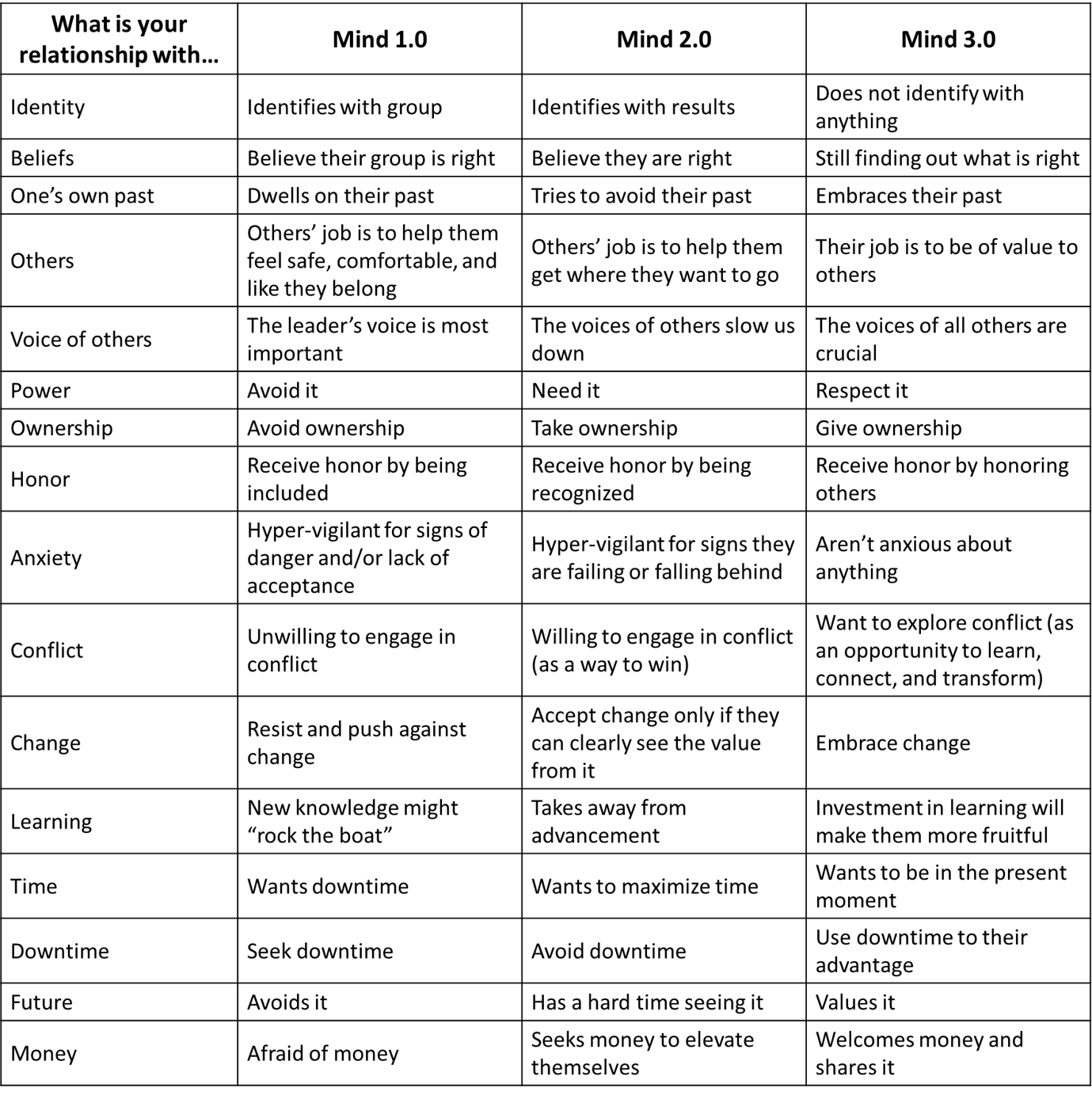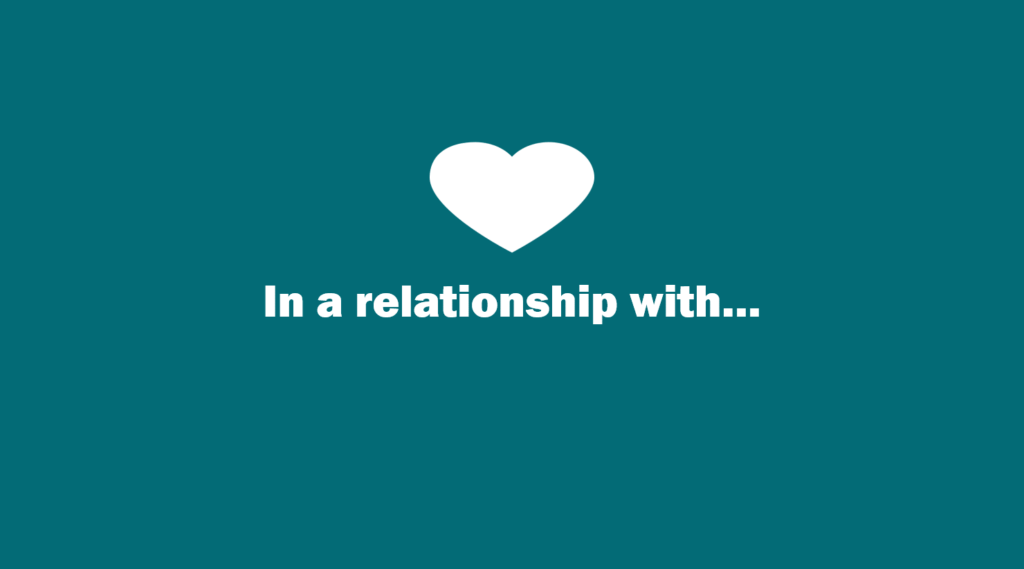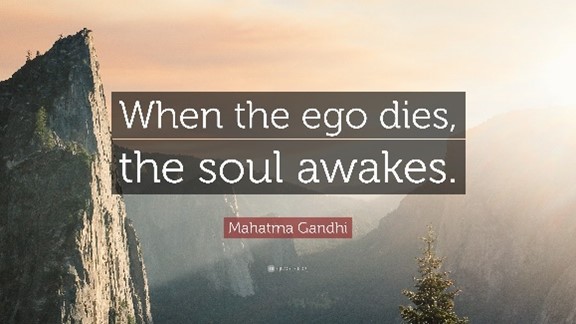(If you are already familiar with my vertical development framework, skip down two sections)
There are two different forms of development that we can focus on to develop ourselves: horizontal development and vertical development.
Horizontal development is increasing our knowledge, skills, and competencies. This form of development is valuable because it allows us to DO MORE than what we could previously. This is the most common form of development.
Vertical development is elevating our ability to make meaning of our world in more cognitively and emotionally sophisticated ways. This form of development is valuable because it helps us to BE BETTER. It is a process of upgrading our internal operating system.
The basic premise of vertical development is that those who can make meaning of their world in more cognitively and emotionally sophisticated ways will be able to more effectively navigate the situations they encounter, particularly challenging situations.
Let me give you an example. Consider receiving constructive criticism. Most people see (i.e., make meaning) of constructive criticism as an attack and get defensive. This may be justifiable, but it is not very cognitively and emotionally sophisticated. Other people see (i.e., make meaning) constructive criticism as a gift and embrace it. This is more cognitively and emotionally sophisticated. We have the sophistication to be “good” with being told we are “bad.” Who is going to navigate and benefit from constructive criticism more? Of course, the more cognitively and emotionally sophisticated.
Levels of Vertical Development
Over the last 50 years, vertical development thought leaders have mapped out different altitudes of cognitive and emotional sophistication.
I call these levels Mind 1.0, Mind 2.0, and Mind 3.0, and they are broad categorizations of our internal operating system. I’ll briefly describe them here, but if you want greater detail, click on the hyperlinks.
- Mind 1.0 – Self-protection Mode – We are programmed to ensure our safety, comfort, and belonging (i.e., stand in)
- Mind 2.0 – Self-Focused Reward Mode – We are focused to stand out. We are programmed to be recognized, win, and get ahead.
- Mind 3.0 – Contribution Mode – We are not focused on us (either our standing in or standing out). Instead, we are focused on contributing to, adding value to, and lifting others.
What is Your Relationship With…?
While studying vertical development, I have learned two things (that I want to point out here):
- People at different levels of cognitive and emotional sophistication (i.e., mind levels) develop different relationships with different things (e.g., money, time, people, themselves, food)
- If we want to elevate in our cognitive and emotional sophistication, we have to change our relationships with these things
In fact, let me encourage you to think about your own life’s experience. Have you changed your relationship with something (e.g., money, time, people, themselves, food)?
It is my guess that you have, at least temporarily.
When you look back on this changed relationship, didn’t it feel substantial to you? Wasn’t it a complete paradigm shift? You saw the world differently because of this changed relationship.
My Two Objectives When Helping Others Vertically Develop
I always have two objectives when I work with leaders on their vertical development.
The first objective is always awareness. If we are not aware of something (e.g., a lack of vertical development), we are going to have very little motivation to work on it. Thus, it is helpful to come up with a rubric or framework to help them deepen their awareness.
The second objective is to use the rubric or framework to help them identify where they are and where they want to go. Once we have that information, we can then chart a course and take action.
Gauging Your Vertical Development Altitude
Using this “What is your relationship with…?”-idea, I have developed the table below to help you:
- Deepen your self-awareness to help you see where you currently are
- Help you to see where you would like to go
Let me know if this helps you gain clarity in both of these areas.

Hopefully, this helped you more clearly identify your vertical altitude as well as see areas where you would like to elevate.
Let me give you a list of some resources that I think will be helpful for you, but if you would like something more specific or feel liked I missed something, comment below and I’ll try to respond with a book or a resource that might be helpful for you.
And, of course, if you would like to bring these ideas into your organization, you can connect with me here.
Books I have found helpful:
- General
- Relationship with Yourself
- Anything Brene Brown
- Anything Jen Sincero
- Anything Edith Eger
- The Body Keeps the Score by Bessel van der Kolk
- Relationship with Others
- Relationship with Money
- Relationship with Time
- Relationship with Your Ideas











2 Responses
Found this article to be clear, concise and beneficial. Gold star!!!
Great to hear! Thank you for the feedback!